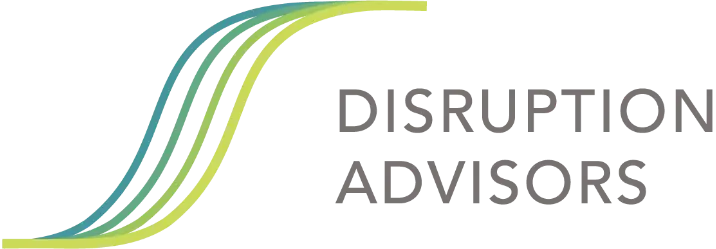One of my early memories is listening to the tick-a tick-a tick-a of my mother’s Singer sewing machine as she and my cousin Patty sat at the kitchen table making dresses for my sister and me. I was five years old and headed to kindergarten that fall. I knew I wanted to learn to sew.
I had to wait a while; sewing wasn’t in the kindergarten curriculum then or now. Finally, when I was nine, I did get to learn to sew. My mom enrolled us in a Singer sewing class at Pruneyard Shopping Mall (for those who know San Jose / Campbell, California). The first thing I sewed was a sailor dress of blue cotton with a white collar and a red ribbon around the neck. I wore it on the first day of 5th grade.
Sewing was magic. As a ten-year-old, I could create something useful and pretty from the raw materials of fabric, thread, buttons, etc. A dress, a flannel nightgown; I even made an ice-skating outfit––pink jersey with white and pink polka dot sleeves. If only I had pictures.
I sewed a lot until I was about 13, when I’m pretty sure my discovery of boys disrupted my career as a seamstress. I stopped sewing, as other interests and goals also intervened. Years went by. I hadn’t sewed again—until recently.
One of my friends, Etta King, teaches sewing. I asked her if she would help me make a blouse. I will share the work-in-progress on Instagram. It’s a new S Curve of Learning (or a new old one). The raw materials are similar, there is some muscle memory, but much that is unfamiliar too. As is typical of adults, I find the learning curve more challenging than I recall it being when I was a child.
I’m making mistakes, which inevitably result in ripping out seams that I have just painstakingly sewed together. During our lesson on Saturday, a seam needed ripping. It was not easy to rip. Sewists backstitch—go back and forth a few times to reinforce the stitches—at the beginnings and ends of seams to make them durable. This creates a conundrum when the seam has to be undone. As we struggled with the seam-ripping, Etta quipped, “The good news is that you are a really good back-stitcher.”
That very day, Etta came across a poem by Katherine Ferrier about backstitches that reminded me a lot of ‘Step Back to Grow.’
When I asked you to keep going
I did not mean you should not rest
Or listen to the wisdom
Of the back space.Anyone who sews will tell you:
The running stitch might cover ground,
The persistence of its in and out
And ever forward ode to enduring,
But it’s the humble, invisible backstitch,
That pause and reach into the space behind,
That keeps you from unraveling,
That keeps your work from coming apart.
Sometimes you step back to do something you’ve done in the past.
Sometimes you step back to reinforce.
Sometimes you step back to reset, to move forward with greater confidence, knowing your work is unlikely to come apart.
Ripping out a seam is a step back, not a setback, and we backstitch to sew forward. We can all be good at both.
This weeks’ podcast is a departure. I’m introducing you to my business partner, Amy Humble, President of Disruption Advisors.
|
|
We are talking about the genesis of our new book, Smart Growth. The process, some things we learned, and some of the behind-the-scenes. I’m excited for you to listen.
As always, thanks for being here!
My best,
Whitney
P.S. A few months ago, I asked you to put in a vote for the Thinkers50 ranking.
The rankings are out, and I have NO DOUBT that the time you took to vote and lend your credibility to the process made a difference. Here they are. Thank you truly.

